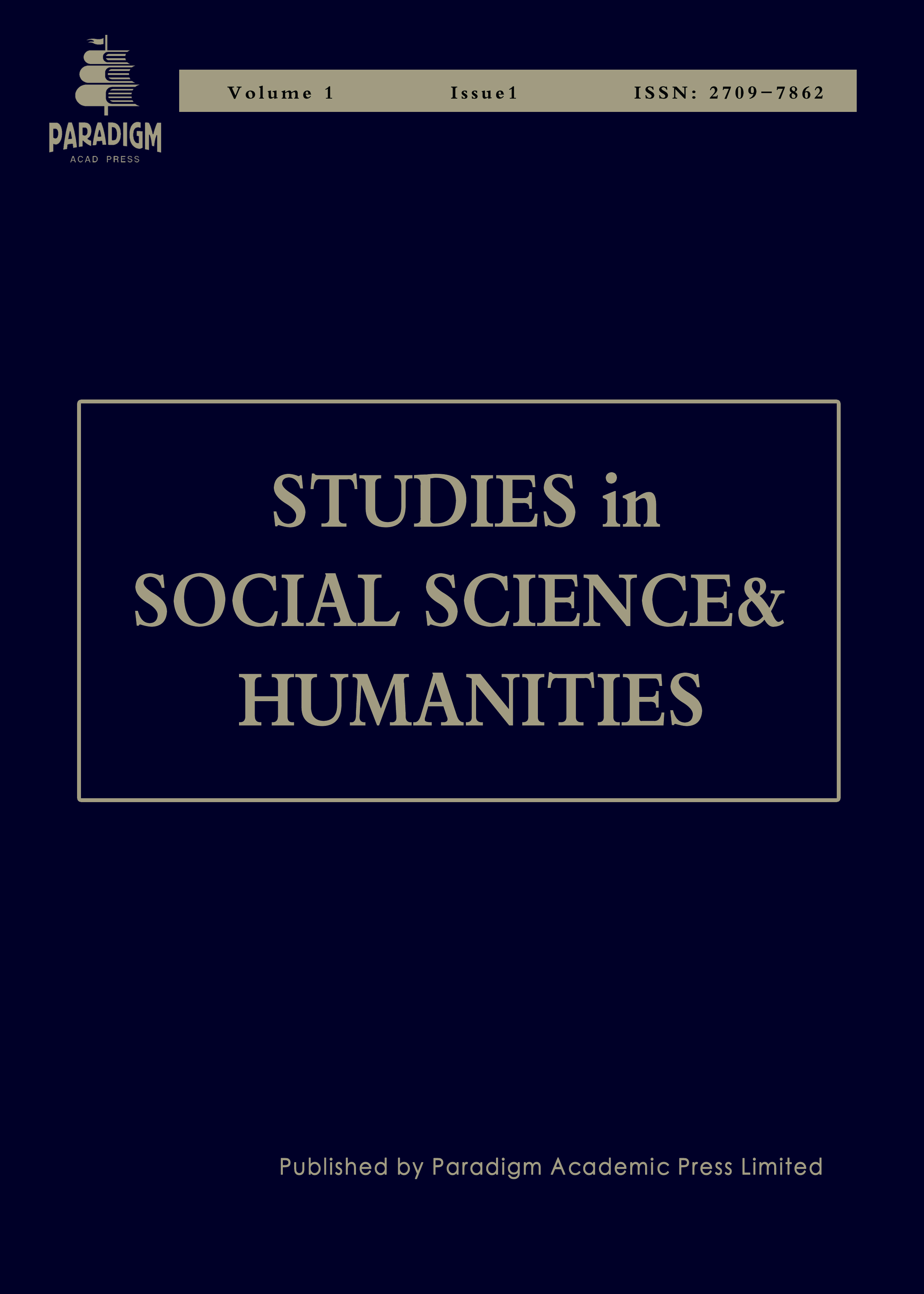Discussion on the Relationship Between Religion and Gender Oppression in The Handmaid’s Tale
Keywords:
The Handmaid’s Tale, gender oppression, religious extremism, patriarchy, indoctrinationAbstract
Margaret Atwood’s The Handmaid’s Tale serves as a powerful exploration of the relationship between religion and gender oppression within a dystopian society. Set in the totalitarian Republic of Gilead, the novel portrays a regime that uses a selective interpretation of biblical texts to justify and enforce rigid gender roles, stripping women of their identities and autonomy. This paper examines the theocratic governance of Gilead, the manipulation of religious narratives to legitimize oppression, and the pervasive use of religious symbols and practices to maintain control. It delves into the psychological and social impacts of such oppression, highlighting acts of resistance and subversion by female characters. By drawing parallels with historical and contemporary examples of religiously justified gender oppression, this analysis underscores the novel’s enduring relevance. The Handmaid’s Tale not only serves as a cautionary tale about the dangers of religious extremism but also as a call to action for safeguarding women’s rights and promoting gender equality in modern society.


